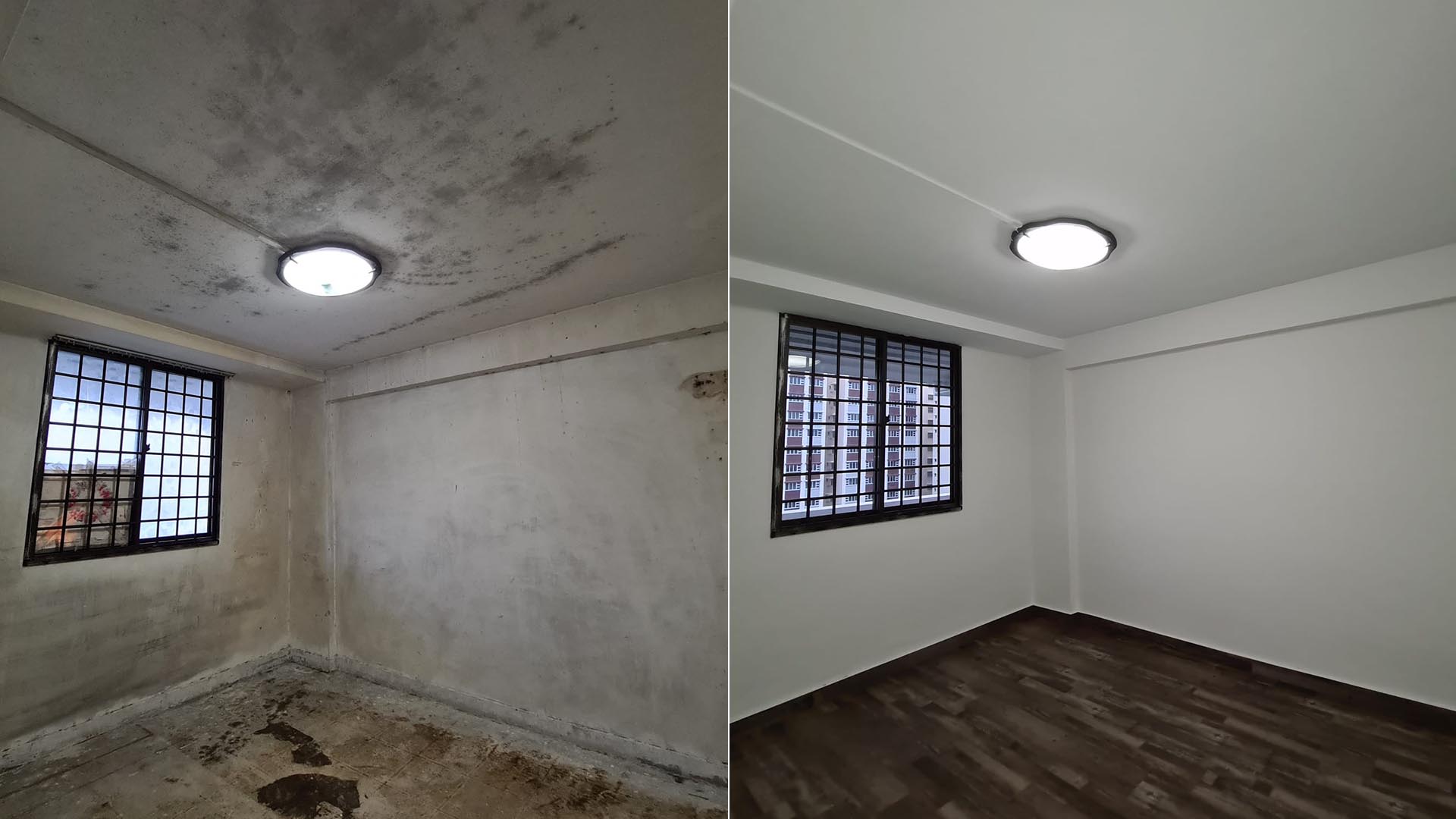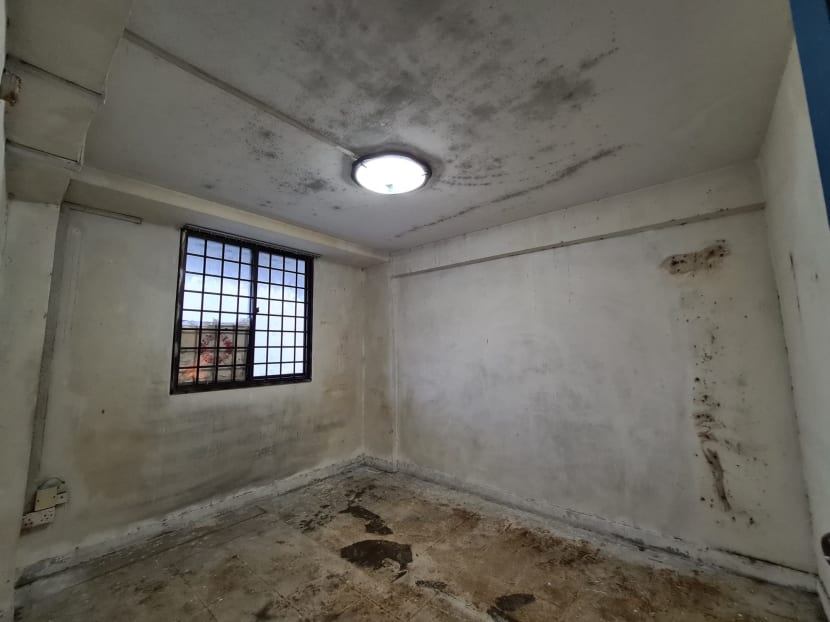Mould problem at home? Here's what you can do to remove mould and how to prevent it from recurring
It’s not enough just to paint over mould.
It doesn’t matter if you’ve just renovated your fantastic abode or you’ve been living in your flat for a long time. Given the right condition (read: Singapore's hot and humid climate), mould can and will grow. Before you know it, those grey, white or black specks and patches are all over your ceilings and walls (and we don’t have to tell you what happens to luxury bags in damp conditions indoors). Mould growth isn’t just unsightly — exposure to it can cause allergic reactions, asthma, nasal infections and other health issues.
What can you do to prevent mould growth? Can you do DIY mould removal or should you call in the professionals? Are some homes more prone to mould than others?
To get to the root of the problem, 8 Days spoke to Muhammad Fauzi, co-founder and chief marketing officer (CMO) of Locallads General Contractor and painting company The Colour Cure, which offers mould removal and re-painting services.
Fauzi has seen his fair share of mould growth in homes in Singapore, and notes that mould growth at home is mainly caused by high moisture and high humidity. In other words, mould loves Singapore’s climate, and the recent wet weather is only helping this microscopic fungus to thrive in our environment even more.

Before and after: One of the most serious cases of mould removal that the Locallads has undertaken thus far. "The house was vacant for quite long and the landlord wanted to sell the house," says Fauzi. "This was quite bad. Even the flooring was mouldy."
#1: It’s not enough to just paint over the mould.
“When customers call us in, our site surveyor will go and inspect the space to find out the cause of mould growth,” Fauzi tells 8 Days. “A lot of people have the misconception that when there’s mould, you just need to apply an oil sealer and [that's enough]. But that’s just like sweeping the dust under the carpet. Mould is already present in the area, and we need to remove it totally first before we can paint.”
It's a four-step process that Fauzi’s team does which can take anything from two days to a week, depending on the severity of the situation. They begin by washing the surface with water to remove unstable matter or organisms by brushing, scrubbing or high jet washing. Then they apply a non-toxic anti-fungus solution, which is safe for children and pets, and leave it on for a few hours before washing the surface again. After the surface dries thoroughly, a sealer is applied before anti-mould paint is used.
#2: Besides the weather, mould growth can also be caused by leakages.
Dampness indoors, which contributes to mould growth, can be traced to other sources as well. These include air-con leakages which could be happening inside the trunking and is not visible until it’s too late.
“We usually look at the condition of the home and ask the owners if they use a lot of air-con and if they ventilate the house after they shower or use the air-con. If they say they don’t, then it could be due to [a leakage or seepage from the trunkings] and we will have to check,” explains Fauzi.
#3: Some homes are more prone to mould growth, and it boils down to location.
“We usually see more of these cases in homes that are near nature reserves and where there’s more moisture, like Bukit Timah or Bukit Batok,” Fauzi points out. “The [situation is so bad] that there will be mould even on the exterior on some of the blocks. In such cases, the interior will definitely be affected.”
#4: Preventing mould growth from recurring requires diligence — and some extra cash.
So you’ve gotten the pros in to remove the mould and your repainted walls are looking pristine. But without consistent efforts, mould will reappear. Yes, just like a scorned ex. While there's a six-month warranty with every project that Locallads completes, Fauzi points out that the key to keeping mould away is maintenance. “No matter how much you paint, if you have a lot of humidity and don’t ventilate the house, it will still come back,” he quips.
His advice? “We usually tell clients to monitor and ventilate the house as much as possible. If the cause is humidity that’s trapped inside the house, we will advise them to buy a dehumidifier and run it for about one to two hour per day.”
Locallads' rates for mould removal starts from $390 for a bathroom ceiling area, while prices for painting starts at $350 for one bedroom, though these vary from case to case.
Photos: Locallads







